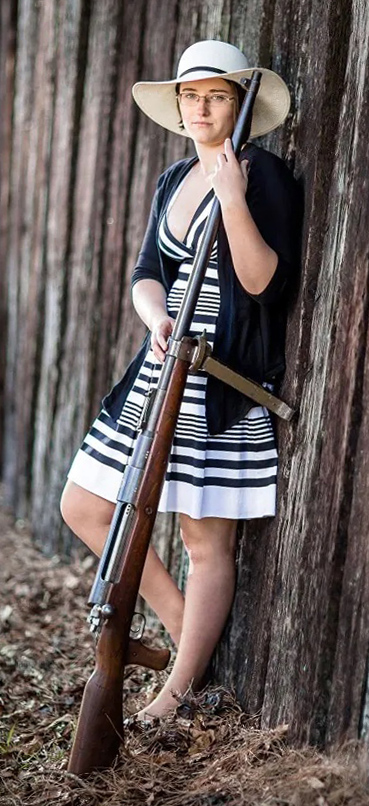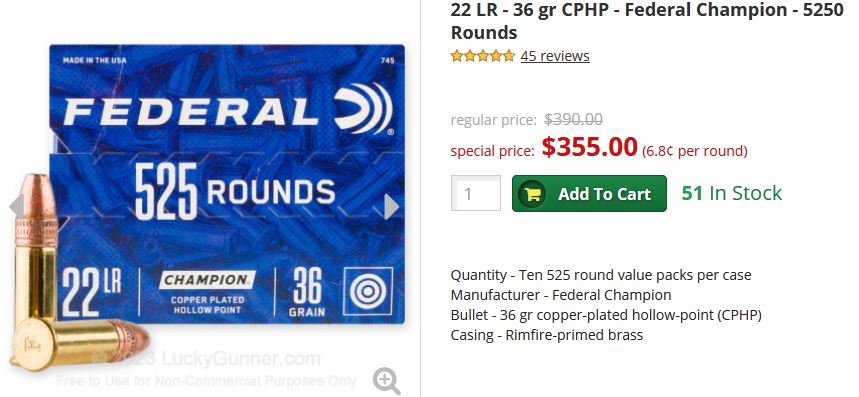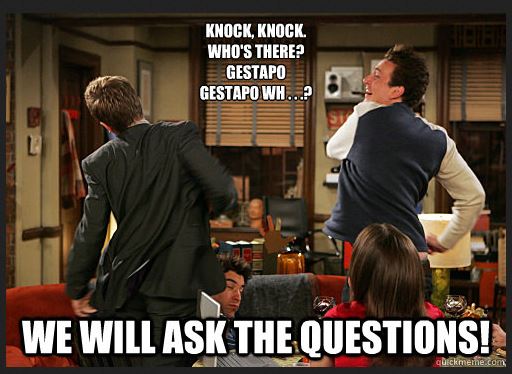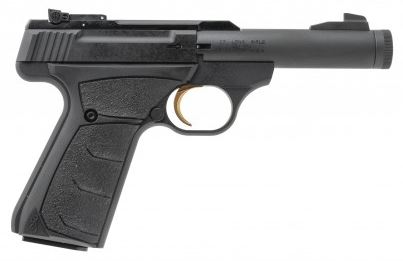Some while back, I linked to C&Rsenal’s wonderful series on WWI guns, but then I spotted a little addendum, namely Mae’s Top 10 Rifles.

Now, as the lady in question has fired almost all WWI-era rifles — and certainly more of them than I’ve fired — I think it behooves us all to pay the show a visit. Here are her top ten WWI rifles, in no specific order (so as not to spoil the surprise at the end):
Mauser K98 TZ (8x57mm)
SMLE No.1 MkIII* (.303 Enfield)
Mannlicher-Schoenauer 1903 Carbine (6.5x54mm) 
Ross Rifle MkIII (.303 Enfield)
Arisaka Type 38 Carbine (6.5x50mm) 
Ottoman Mauser 1903 (7.65x53mm)
Springfield ’03 (.30-06 Spfld) 
Serbian Mauser 1908 Carbine (7x57mm) 
Carcano Moschetto 91 (6.5x52mm Mannlicher) 
Enfield 1917 (.303 Enfield / .30-06 Spfld) 
Some of Mae’s choices are seriously, shall we say, eclectic nay even controversial, but all of them are very well supported (and Othias’s reactions to them are alone worth the price of admission). Have fun as you pick your way through her arguments.
For the record, I have absolutely no quibble about the composition of her list — I’d shoot any of them without a qualm, and carry any of them off to war.
And by the way: I actually agree wholeheartedly with her #1. It is unquestionably one of the rifles I most regret having to sell during Great Poverty Era I.
For those who haven’t seen my own (and I think vastly inferior) take on the topic, see Great War Rifles.















